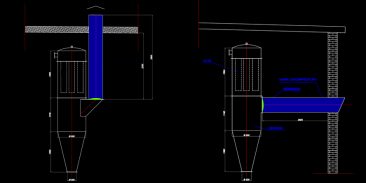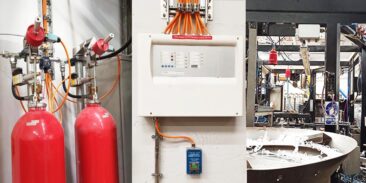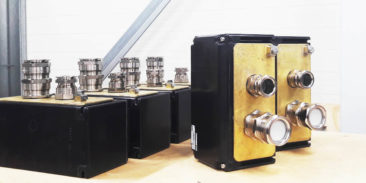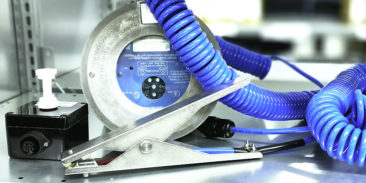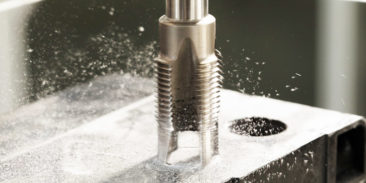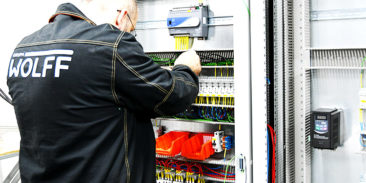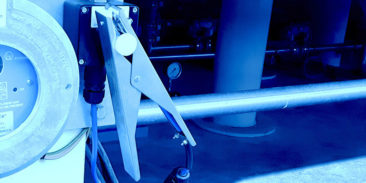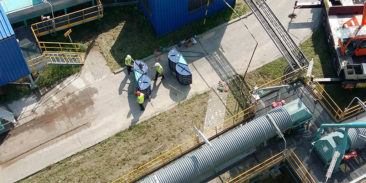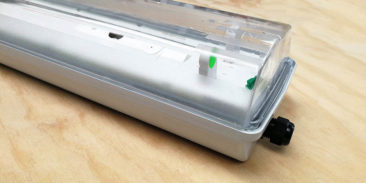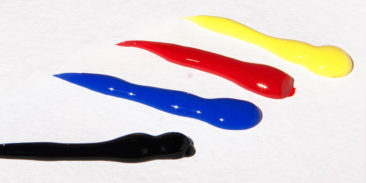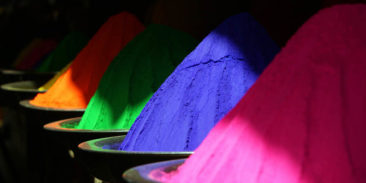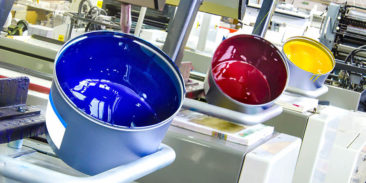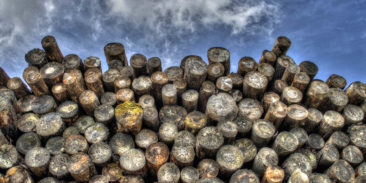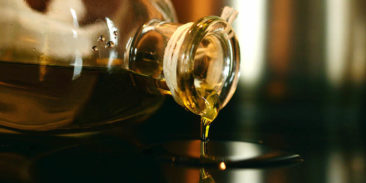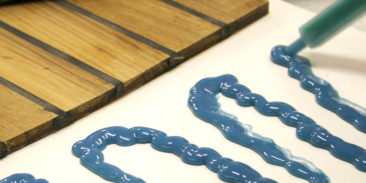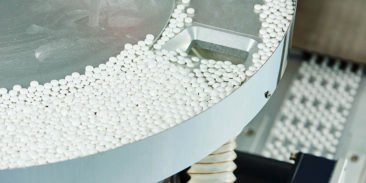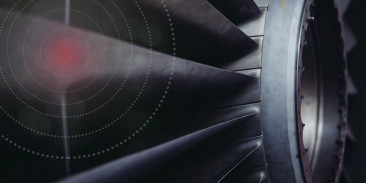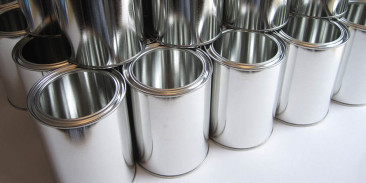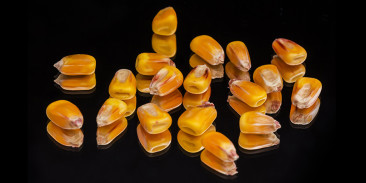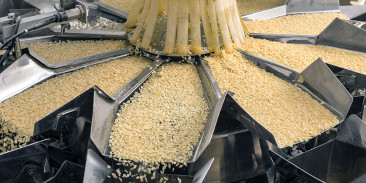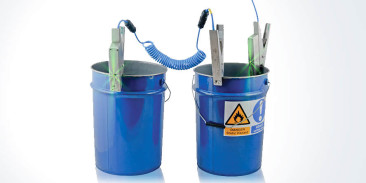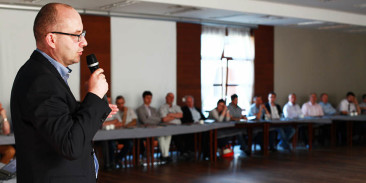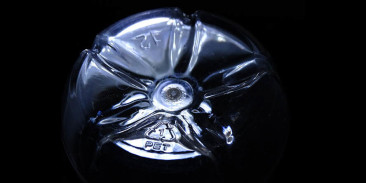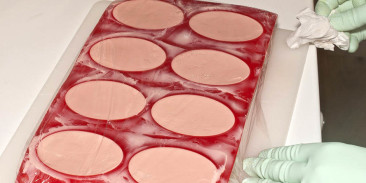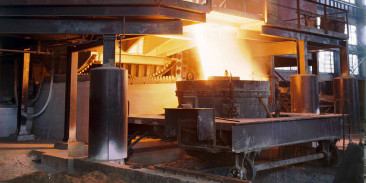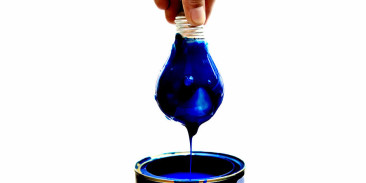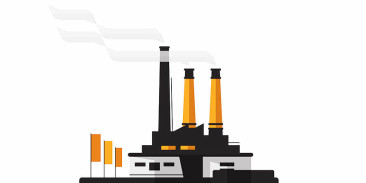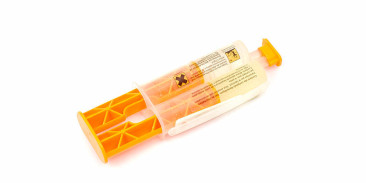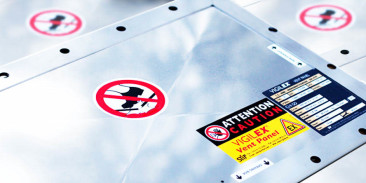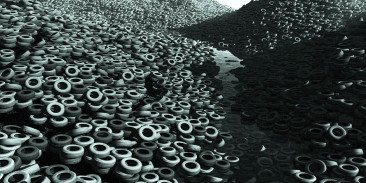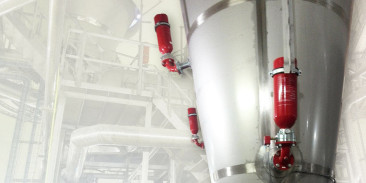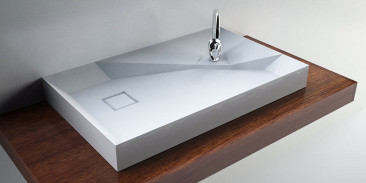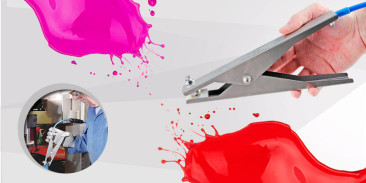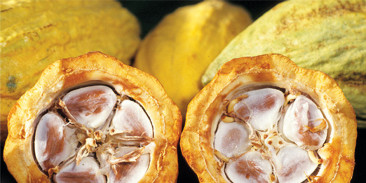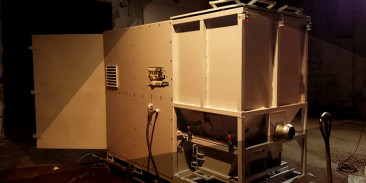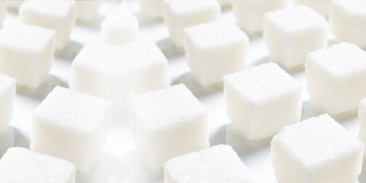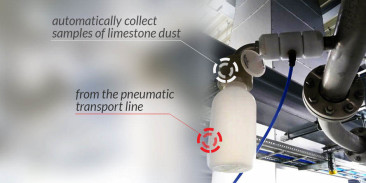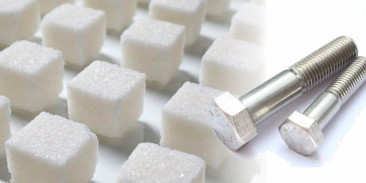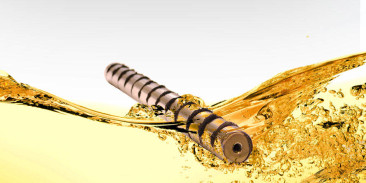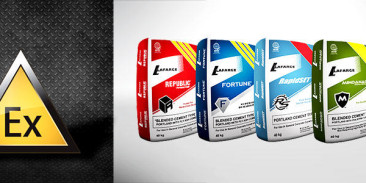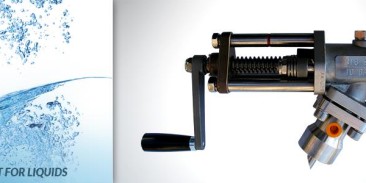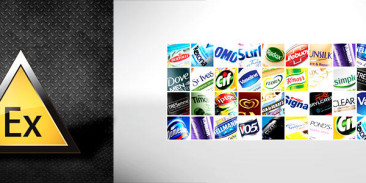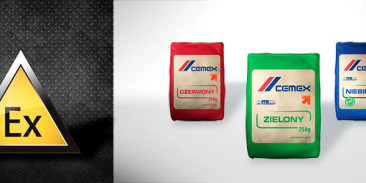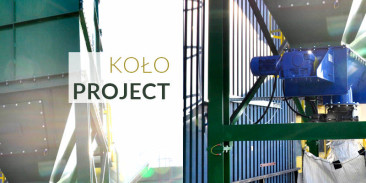Quote
Graphene hydrogen fuel tanks will allow vehicles to cross the country from the Tatra Mountains to the Baltic Sea without refuelling. They will be also suitable for spaceships. There is a long way to go to achieve an ambitious goal. This scientific journey is financed by the Graf-Tech National Centre for Research and Development program. The project is managed by Professor Piotr Kula from Lodz University of Technology, and his team is supported by the industrial partner - Seco/Warwick. The research carried out by the Professor Piotra Kula's team is a breakthrough on a world scale, because in future, it will enable the use of hydrogen instead of oil in automotive industry. This is the target of the research. The graphene produced by the professor Kula's team is ultralight and has high strength. Tests confirm that it can be successfully used as a material for hydrogen storage. Such a material will be able to absorb and recover hydrogen by changing the temperature. Chemical bonding of individual hydrogen atoms with the surface of graphene ensures its storage. Hydrogen stored in this way will not decrease its concentration over time. At the appropriate time, hydrogen will be recovered in the molecular state by heating the hydrogen reservoir. In the future, such hydrogen may be a source of energy for powering car or spaceship engines. Before the use of graphene brings benefits to the economy and makes life easier for us, many investments will be needed. Poland has already been investing. The National Research and Development Centre has allocated nearly PLN 4.9 million for the project. Seco / Warwick SA has paid about 1.3 PLN million to support the research. – The project concerns the development of a new material based on graphene for reversible hydrogen storage, with the further prospect for use in the automotive industry as reservoirs for the new generation fuel. In the short term, the material will be used in various industrial applications. It will be useful, among others, for filtration of gases, separation of various mixtures in numerous technological processes - says professor Kula.
Quote
One ton of used mobile phones contains, among others, 130 kg of copper, 3.5 kg of silver and 340 grams of gold. In Japan, the largest amount of gold is stored not in the vaults but just in electronic products. "Urban ore" from discarded equipment is therefore a very valuable source of raw materials. Polish scientists work on efficient recovery of these resources within REMET project.
Quote
As early as 3.5 thousand years ago, residents of the north-western part of China, as the first people in the world, systematically exploited coal as an energy source. Today, China consumes almost as much coal as the rest of the world combined. While looking for traces of bronze casting in the north of China, John Dodson of the Australian Nuclear Science and Technology Organisation in Sydney and his colleagues from China surveyed, among others, ancient slag heaps, where they found pieces of burnt brown coal.
Quote
Make-up - the story of Max Factor. In 1909, Polish immigrant Max Factor, actually Maksymilian Faktorowicz, born on 15 September 1872 in Zduńska Wola, established the brand that soon became one of the most significant in the history of beauty. At the turn of the twentieth century, cosmetics were not easy to apply. Along with the blossoming of the first silent films, Max Factor spread his wings thanks to the invention of the washable foundation make-up for film actors and the use of tubes for storing cosmetics, which gave him the ease and lightness of the work on the film set. The essence of Max's success in the field of film make-up was the awareness of the slight difference between the colour sensitivity of the film emulsion (black-white emulsion and colour emulsion) and the colour sensitivity of the human eye. Thanks to precisely selected colours of lipsticks and powders, faces of actors and actresses looked more naturally on the screen. 1930 was the revolutionary year for the whole cosmetics industry. Along with the improvement of the quality of black-and-white film, the need for matting the actor skin arose. When the first colour film was shown, Max and his son Frank developed "Pan-cake" cosmetic, i.e. the powder compact. It was one of the first cosmetics in convenient and easily portable package. In the same year, the first lip gloss in the history of cosmetics was created in order to improve the look of actresses' lips on the screen. The cosmetic was available in the first place only for actresses. However, the interest in the cosmetic was so great that two years later it was launched to the market under the name of: "X-rated". Nail lacquer was another challenge. Max created a tinted powder, which emphasized the natural pink shade of nails, and white enamel to be applied to nail tips. The first concept of the French manicure was created in this way. At his son's prompting, Max gave one general name to all his cosmetics: "make-up". An interesting fact, which add colour to his biography, is that he also got an Oscar for make-up in 1929.
Quote
Kevlar (PPTA) is a polymer from the group of polyamides, more specifically aramids, from which artificial fibres characterized by high tensile strength are spun. It is widely used, among others, in bulletproof vests and helmets. Kevlar has probably saved the lives of thousands of people so far. It was invented in 1964 by the American chemist of the Polish origin - Stephanie Kwolek. Her parents, John Kwolek (distorted form of "Chwałek") and Nellie Zajdel Kwolek emigrated from Poland in their teens. The father, who had a decisive influence on the development of scientific interests of young Stephanie, died when she was 10. Stephanie studied in a Catholic school, run by nuns, in New Kensington. Afterwards, she majored in chemistry in Margaret Morrison Carnegie College at Carnegie Mellon University in 1946. She wanted to study medicine but due to lack of money she started working as an experimental chemist at DuPont, where she specialized in low-temperature polycondensate forming processes. She headed the team that invented Kevlar in 1964. She is the holder of 28 patents.
Quote
In 1951, Stefan Kudelski built Nagra tape recorder, which was later used in film, radio and television. Kudelski conducted experiments at his home laboratory only in his spare time because the technical university faculty labs did not have the appropriate equipment. It was in this laboratory where the first model of Nagra tape recorder was built. Kudelski was continuously perfecting its product. The transistor version of Nagra III built in 1957 became the technological sensation in the sixties. This was the main type of tape recorder used by radio and television reporters and by film studios around the world. Kudelski received four awards of the American Film Academy for his tape recorder - two science and technology awards (1965, 1977) and two Oscars for his achievements.
Quote
The icon of cinema, Warner Bros. film production company, was established by the businessmen with Polish roots. Warner brothers were born in Krasnosielec, near Warsaw. First, they emigrated to Baltimore, then to Canada and subsequently to Youngstown, Ohio. The father of the family changed the name from Wonskolaser to Warner while waiting for the arrival of the family from emigration wandering. The brothers pledged the family assets, a horse named Bob, and sold the father's watch in order to gain capital for purchasing a projector. Twenty years later, on 4 April 1923, they founded the film production company, which is now one of the largest in the world. They are considered the most prominent people in the American film making industry. For many years, they have been competing with another film making company – The Walt Disney Company.
Quote
Walkie-talkie - the Motorola's iconic invention was created by a Pole. Engineer Henryk Manguski was a key member of the Motorola's team that developed the device. In early 1943, Motorola has provided the US Army with SCR-300 radio station with FM modulation. The soldiers called the device simply walkie-talkie. After the war, the walkie-talkies were more widely used. Three patents used in the first model of the device are attributed to the inventor of the Polish origin. Manguski was born in Warsaw in 1909. In 1939 he was sent on business to New York to study the American radio transmitters. The outbreak of World War II prevented his return to Poland.
Quote















